The Ultimate Assessment to Measure Progress, Monitor Recovery and Make Sure Your Athletes are Getting Better, Not Just Tired.!
“A map is useless unless you know where you are”
Start Here: Download our >>Athlete Assessment<<
Assessing an athlete is essential! It will give you an idea of their strengths, weaknesses and clarify the areas that need to be addressed. Tests can be used to measure progress, monitor recovery and much more. Some might be used in the off season, while others can be used consistently to monitor certain aspects of their performance.
Below you will find some of our favorite ways to assess our athletes:
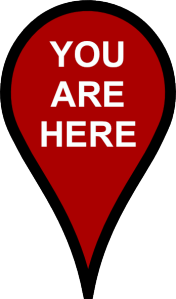
Baseline Measurements
Ask questions about the athlete’s health history, past injuries, etc. This is a simple way to learn about old injuries, aches and pains, medication or other factors that may affect their performance.
Bodyfat – Measuring body fat % can tell you how much lean mass vs body fat the athlete has. Its a great way to measure muscle growth, body fat reduction and to determine which weight class is safe for the athlete to compete in. Use body fat calipers, hydrostatic testing or similar to measure.
Weight – Weigh in on the same scale, at the same time of day (weekly or monthly)
Daily resting Heart rate -This can give you a great baseline of the athlete’s conditioning, heart health and recovery from day to day. Test first thing in the morning, while you’re still in bed. Download Instant Heart Rate app for your iphone or similar.
Food Log – keeping a simple food log is one of the best ways to monitor your eating habits and make sure the athlete’s nutrition is on point. >> Download FCC Food Log <<
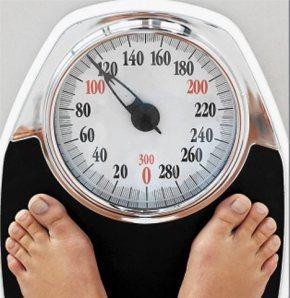
Check for Asymetries
The following tests are quick, simple ways to check for differences from right to left. Asymmetries can lead to injury, so uncovering big differences and addressing them with SMR, mobility work and/or therapy can be a lifesaver.
Standing Postural assessment
From the side…your ear, shoulders, hands, hips, knees and feet should be in alignment.
From the front…look at the head, shoulders, hips, knees and feet. Is the head shifted to one side? Are the shoulders and hips level? Are the knees and feet straight?
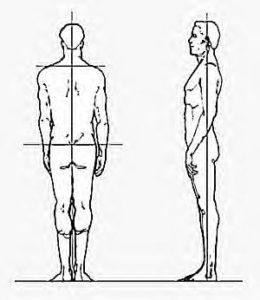
Ankle
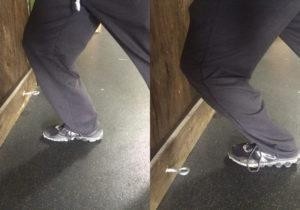
Lying Hamstring
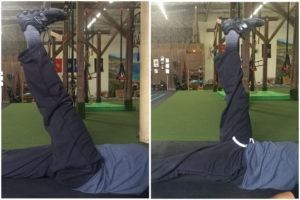
Seated glute
Thoracic extension
Internal/External Shoulder
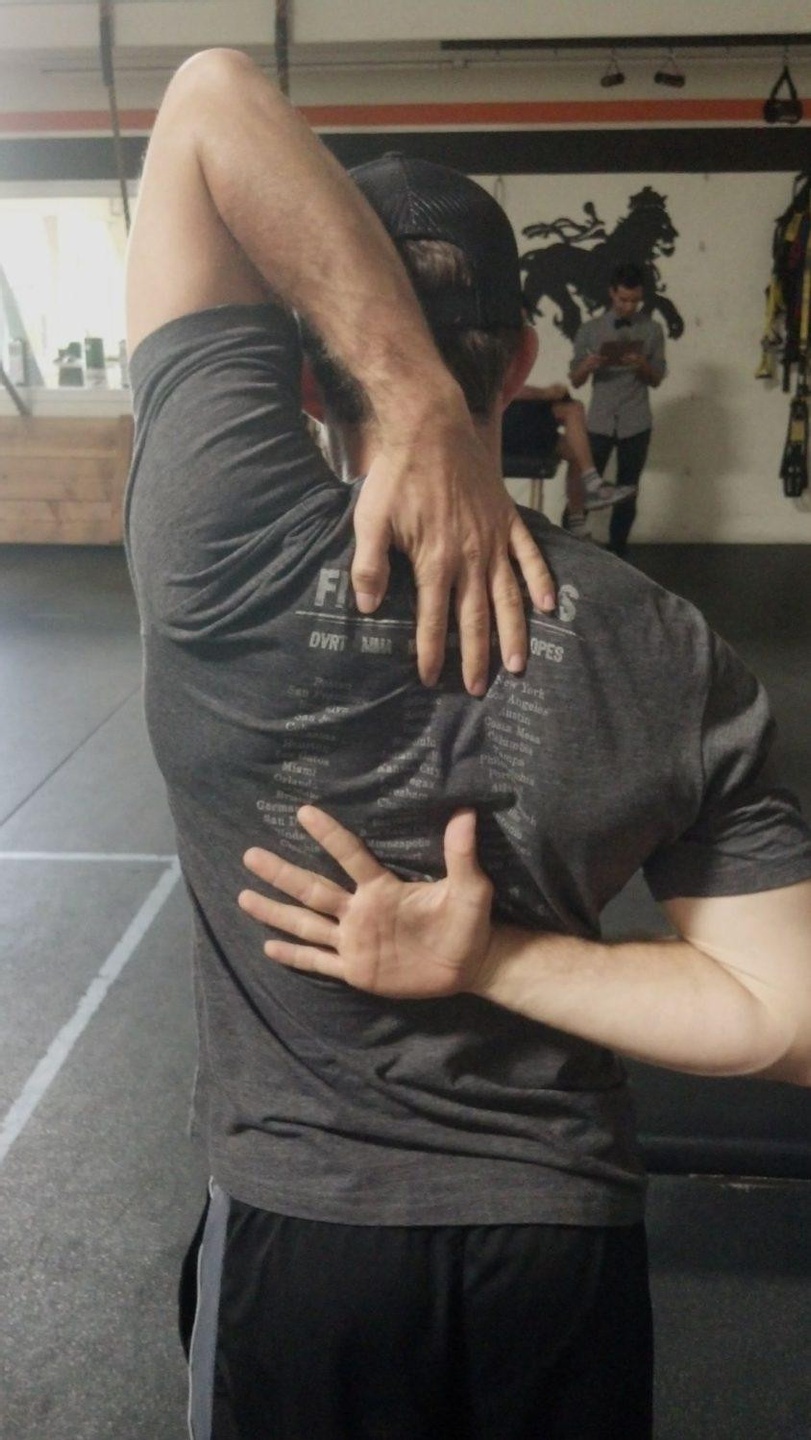
Pro Agility - 20 yd shutttle ( 5-10-5)
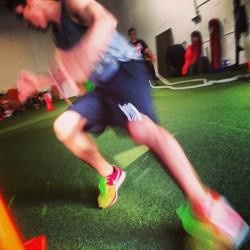 Set up 3 cones, 5 yards apart.Start at the middle cone, run to one end cone,, back to the far cone and thru the middle as fast as possible. Record your time.
Set up 3 cones, 5 yards apart.Start at the middle cone, run to one end cone,, back to the far cone and thru the middle as fast as possible. Record your time.
- 3.9 to 4.0 – Elite
4.0 to 4.2 – Pro
4.2 to 4.6 – Good
4.6 to 5.0 – Ok
5.0 to 5.4- Below Average
5.4 and above – Poor
Jump Tests
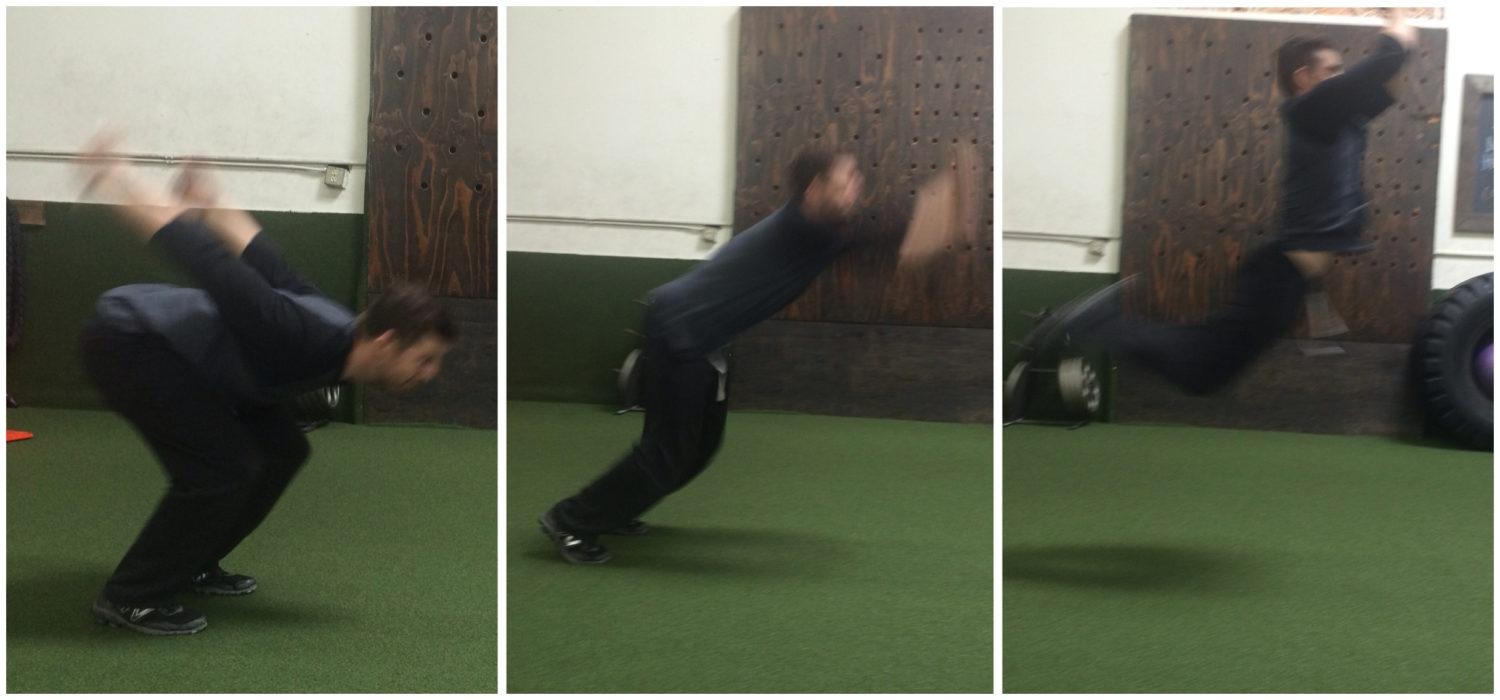 Vertical jump - 2 foot jump for height. Measure with a Vert Plate, Vertec or simply download myVertical, My Jump or similar apps for your smartphone.
Vertical jump - 2 foot jump for height. Measure with a Vert Plate, Vertec or simply download myVertical, My Jump or similar apps for your smartphone.
Broad Jump - 2 foot jump for distance.
Triple jump - 2 foot to one foot, to other foot to 2 foot landing. The goal is to explode and jump as far as possible throughout all 3 jumps and stick the landing.
Medcine Ball Throws for distance (Ballistic)
Seated Chest Pass - from a seated position, simply chest pass the medicine ball as far as possible. Measure distance with a tape measure.
Sit Up Throw - From a situp position, hands overhead, simply sit up and throw the ball as far as possible.
Shot put - this will show strength, power and coordination differences from right to left. Measure the distance thrown with each arm.
Hinge - Hinge at the waist, bend the knees, maintain posture, then explode and throw the ball as far as you can behind you.
Max Power
Snatch and cleans are very technical lifts that take years to perfect. Please do NOT perform max tests if the athlete has no experience, asymmetries and/or lacks the mobility to get into proper position. These are very advanced, dynamic movements that take time to perfect.
Clean - 1-1.5Xs bodyweight is a great number to shoot for.
*Be sure to watch Loren Landow's tutorials on the power clean here.
 Max Strength (3 rep max performed 70% of 1 rep max calculated)
Max Strength (3 rep max performed 70% of 1 rep max calculated)
Lower Body Lifts
- Back Squat - 2-2.5Xs bodyweight
- Front Squat - 1-1.5Xs bodyweight
- Deadlift - 2-2.5Xs bodyweight
*Be sure to check out Chad Wesley Smith's squat and deadlift tutorials here.
Upper Body Lifts
- Bench - 1-1.5Xs bodyweight
- Floor press - 1-1.5Xs bodyweight
- Overhead press - .5-.75Xs bodyweight
- Row- 1-1.5Xs bodyweight
- Pull up - 10-15reps (strict, full range pull ups)
- Grip strength (dynamometer or CoC # closed) - Can you close the #1.5 CoC gripper?
Fatiguing Speed tests
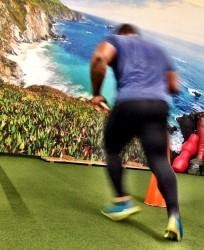 40 Yd dash - A favorite of the NFL combine, this is simply a 40 yard sprint for time.
40 Yd dash - A favorite of the NFL combine, this is simply a 40 yard sprint for time.- 60 yard shuttle (5, 10, 15yd) - 5 yards, back, 10 yards, back, 15 yards, back, time. Can the athlete maintain speed and technique?
- Versaclimber 10 sec - How far can you get in 10sec? 70ft is the goal
Watch Martin Rooney's sprint tutorials here.
Muscular Endurance
 1min Pull up - How many strict pull ups can you perform in one minute?
1min Pull up - How many strict pull ups can you perform in one minute?- 2min Sit up - How many full sit ups can you perform in two minutes?
- 1min Push Up - How many full push ups can you perform in 1 minute?
- Plank for time - Forearms on the floor, body straight...how long can you stabilize that trunk?
- 2 arm or 1 arm hang - How long can you hang on?
- 4min Crawl - Can you crawl, with good form for 4 minutes?
Endurance tests
Recovery between rounds - Elevate heart rate to 180-195, then test 1min recovery time. This is a simple, yet powerful test to see how the athlete is recovering between rounds. Ideally, they should be able to get their heart rate below 140bpm between rounds.
1.5 mile run - how fast can they run 1.5 miles?
Veraclimber 1000ft - how fast can you climb 1000ft on the Versaclimber? Under 5 minutes?
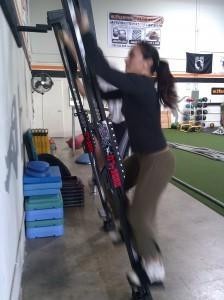 Versaclimber 1 minute - 300ft is the goal. Big steps, push that pace and don't give up!
Versaclimber 1 minute - 300ft is the goal. Big steps, push that pace and don't give up!
Wingate repeats - 30sec burst of effort, 30 sec rest, for 5 rounds. Measure output or distance covered in each round and you will see how well the athlete can recover and repeat their initial effort.
- Versaclimber
- Rower
- Airdyne
- Prowler sled
300 yard shuttle (2 cones, 25 yds apart, 6Xs) Shuttle Run for time.



